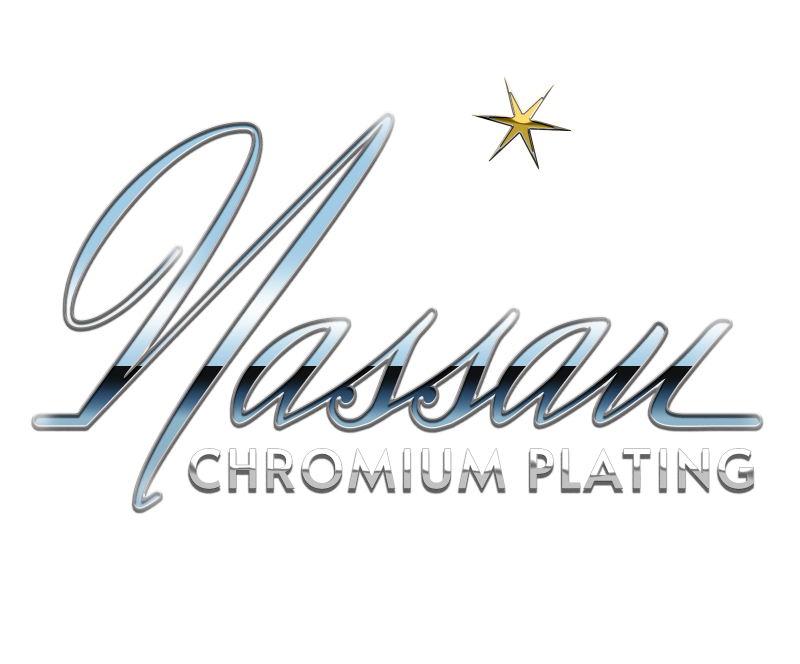Chem Film
One type of Chromate Conversion coating, known as Chemical Film on aluminum or Iridite and Alodine (Proprietary names) are chemical treatments that give a superficial layer to aluminum alloy surfaces to boost corrosion resistance, provide electrical and conductive properties or to provide a good basis for the subsequent application of paint. Chromate Conversion treatments are defined under the department of defense specification MIL-DTL-5541. Type I is the most common call out and provides a yellow (Hexavalent-chrome) finish. Type II provides a clear (Trivalent Chrome) finish, this finish is EPA Certified and considered Rohs Compliant.
Why should you use chromate conversion coating?
Chemical Film is a good base for paint applications. It provides longevity to a part by protecting the part from corrosion, provides good electrical properties, and easily applied. It is both cost efficient and economical.








